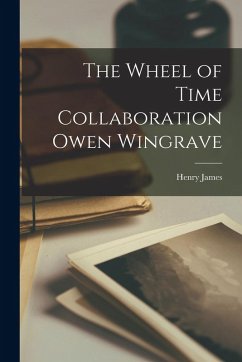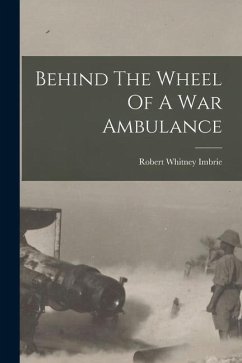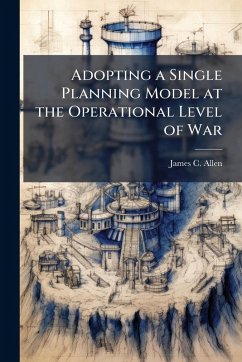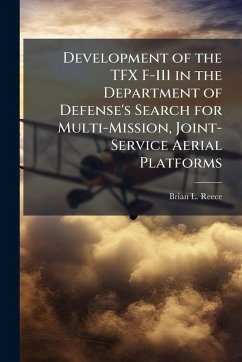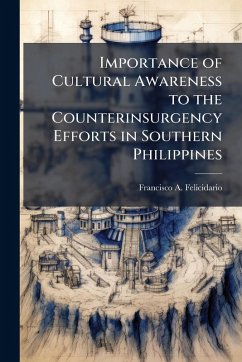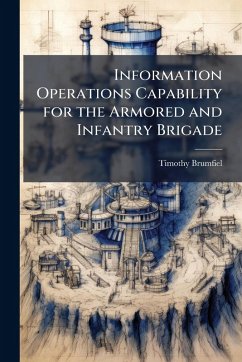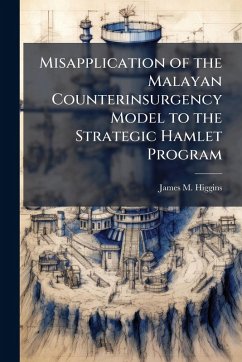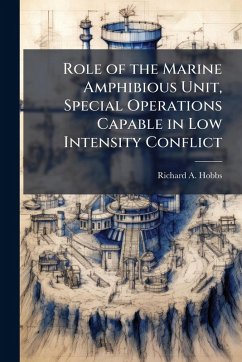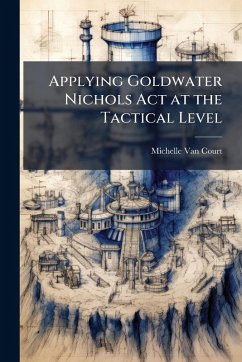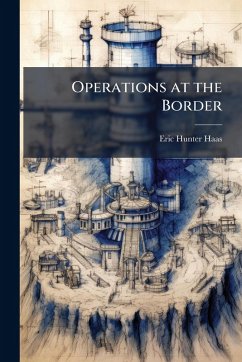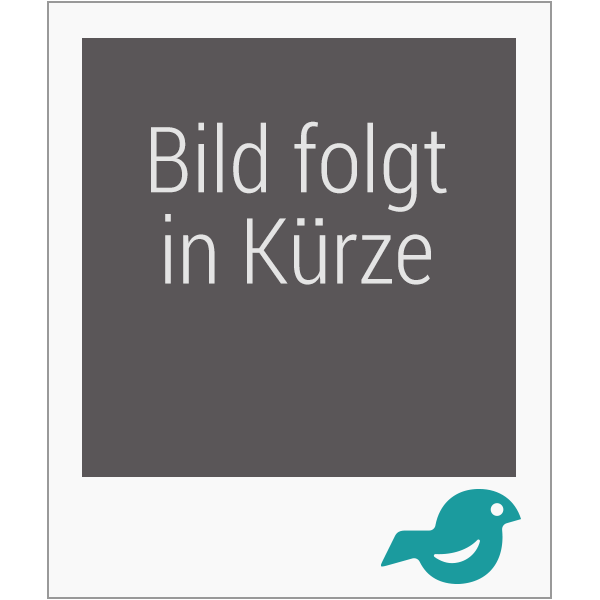
Reinventing the Wheel

PAYBACK Punkte
7 °P sammeln!
This paper examines the theoretical role of air forces in counterinsurgency and the disconnect between what's needed and the US Air Force's capability. The equipment, organizations, doctrine, and tactics required to support third-world counterinsurgencies are different from that which the Air Force has focused on to counter the Soviet threat in Europe. The study's purpose is to suggest a possible wing structure for the US Air Force to address the perceived shortfall. This work has been selected by scholars as being culturally important, and is part of the knowledge base of civilization as we k...
This paper examines the theoretical role of air forces in counterinsurgency and the disconnect between what's needed and the US Air Force's capability. The equipment, organizations, doctrine, and tactics required to support third-world counterinsurgencies are different from that which the Air Force has focused on to counter the Soviet threat in Europe. The study's purpose is to suggest a possible wing structure for the US Air Force to address the perceived shortfall. This work has been selected by scholars as being culturally important, and is part of the knowledge base of civilization as we know it. This work was reproduced from the original artifact, and remains as true to the original work as possible. Therefore, you will see the original copyright references, library stamps (as most of these works have been housed in our most important libraries around the world), and other notations in the work. This work is in the public domain in the United States of America, and possibly other nations. Within the United States, you may freely copy and distribute this work, as no entity (individual or corporate) has a copyright on the body of the work. As a reproduction of a historical artifact, this work may contain missing or blurred pages, poor pictures, errant marks, etc. Scholars believe, and we concur, that this work is important enough to be preserved, reproduced, and made generally available to the public. We appreciate your support of the preservation process, and thank you for being an important part of keeping this knowledge alive and relevant.



